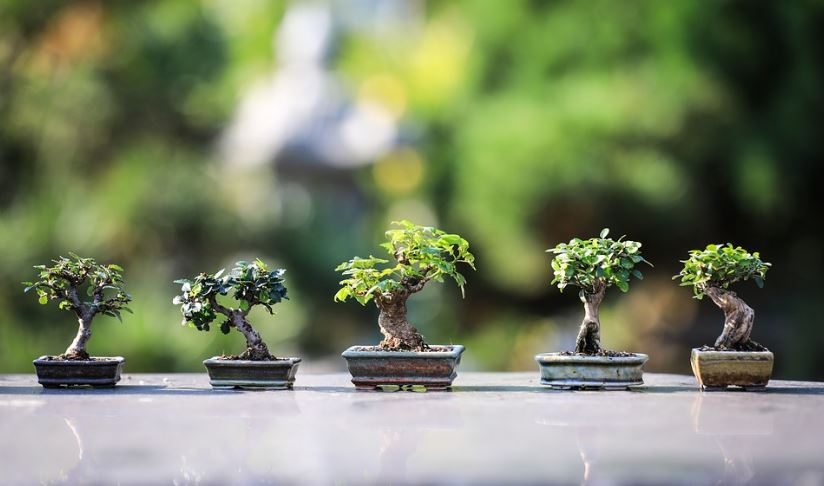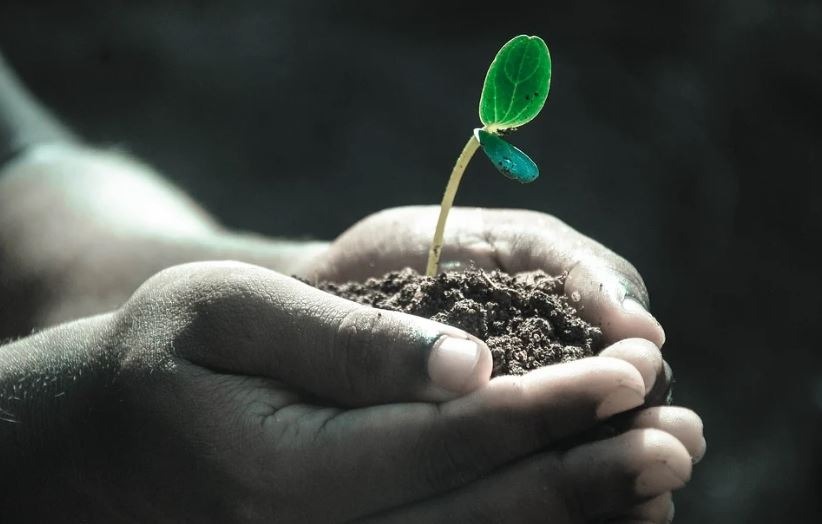One of the best ways to improve your home’s curb appeal is to plant trees. Not only do they look great, but they can also provide shade and privacy and even help improve your home’s value. Also, trees can be a great investment, as they can last for decades with the proper care. However, before you go out and buy a tree (or several), there are a few things you need to take into consideration. This article will discuss some of the important things you need to consider before planting trees in your garden.
1. The Climate in Your Area
The climate in your area is also an important consideration. This is because different trees prefer different climates. For example, some trees are better suited for warm climates while others do better in cold climates. In California, the weather is relatively mild throughout the year, so trees native to the Golden State are a good choice because they are adapted to the climate. However, in a place like Alaska, where the winters are long and harsh, you would need to choose a tree that is better suited for that climate.
You also need to think about the amount of rainfall in your area. Some trees, like cedars, are drought-tolerant and can survive with little water. Others, like willows, need a lot of water and will not do well in areas with little rainfall.
2. Soil Content at Your Planting Site
You first need to consider the soil content at your planting site. This is important because different trees prefer different types of soil. For example, some trees like acidic soil while others prefer alkaline soil.
You can have your soil tested by a professional or buy a simple testing kit from your local nursery or home improvement store. Depending on your large planting area, many different soil types could be present. Taking soil samples from several places you plan on planting will give you a good idea of the average soil type in that area. Once you know the pH level of your soil, you can choose a tree that will do well in those conditions.
3. The Size of Your Planting Area
Next, you need to consider the size of your planting area. This is important because you must ensure you have enough space for the tree (or trees) you want to plant. Most trees will reach their full height, and the width is about 10-15 years. So, you need to ensure enough room for the tree to grow. Suppose space is limited, and many dwarfs or miniature varieties of trees are available. These types of trees are perfect for small yards or gardens.
You also need to take into consideration the roots of the tree. Some trees, like oaks and maples, have large roots that can spread over a large area. If you plant one of these trees too close to your home, the roots could damage your foundation or sewer line.
4. The Amount of Sunlight in Your Planting Area
The amount of sunlight in your planting area is also an important consideration. This is because different trees prefer different amounts of sunlight. For example, some trees need full sun (6-8 hours per day), while others do better in partial shade (2-4 hours per day) or full shade (less than 2 hours per day).
It would help if you also thought about how the amount of sunlight in your planting area will change over time. For example, if you plant a tree that needs full sun in an area that is currently sunny but will be shady in a few years due to the growth of other trees, the tree will not do well. Choosing a tree that can tolerate the sunlight it will receive in both the short- and long-term is important.
5. The Purpose of the Tree
The purpose of the tree is also an important consideration. This is because different trees have different uses. For example, some trees are better for providing shade while others are better for providing privacy. It would help if you also thought about how you want to use the tree in the future. For example, if you plan on using the tree for firewood, you will need to choose a tree that is easy to cut and splits easily.
The best way to choose a tree for your garden is to think about what you want the tree to do for you. Once you have a good idea of the purpose of the tree, you can narrow down your choices and decide on the best tree for your needs.
6. The Type of Tree You Want to Plant
Once you have considered all the above factors, you can start narrowing down the type of tree you want to plant. Many different types of trees are available, so it’s important to choose one that will do well in your specific conditions.
Some popular types of trees include:
- Oak trees
- Maple trees
- Cherry trees
- Pine trees
- Palm trees
Do some research to find a tree that will do well in the conditions at your planting site. Once you’ve chosen a few types of trees, you can narrow down your selection by considering the specific benefits of each type of tree. For example, some trees are better for providing shade while others are better for privacy. Some trees are also better for providing food or shelter for wildlife. Choose a tree that will provide the benefits you are looking for.
7. The Cost of the Tree
Finally, it would help if you considered the cost of the tree. This is important because trees can be expensive, depending on the type and size of the tree you want to buy. Do some research to find out how much the tree you want to buy will cost. Then, compare the prices of different trees to find the most affordable one.
Keep in mind that the cost of the tree is not the only cost you need to consider. You also need to factor in the cost of planting and caring for the tree. Caring for a tree can be expensive, especially if you need someone to do it for you. Make sure you are prepared to cover these costs before purchasing a tree.
Planting a tree can greatly improve your home’s curb appeal and increase its value. However, there are many important things to consider before planting a tree in your garden. Do some research to find a tree that will meet your needs and fits into your budget. Then, follow the tips in this article to ensure that your tree thrives in its new home.


